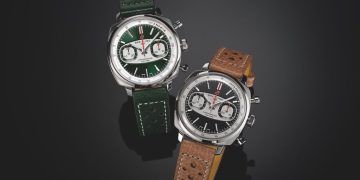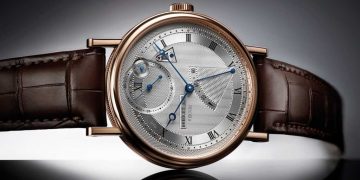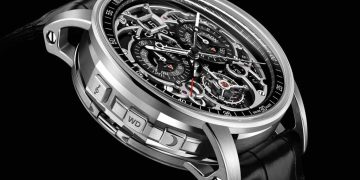Credits: Article and images by Joshua Munchow @ Quill & Pad. See the original article here - https://quillandpad.com/2024/11/15/heres-why-the-crown-is-the-unsung-hero-of-watchmaking-and-why-rolex-wears-the-crown-2/
—————————————————————————————————–
Ulysse Nardin used the Freak as an experimentation platform and developed ways to use the bezel to wind and set the watch, eliminating the delicate winding stem and traditional crown and creating a more distributed seal between the outside and inside of the case.
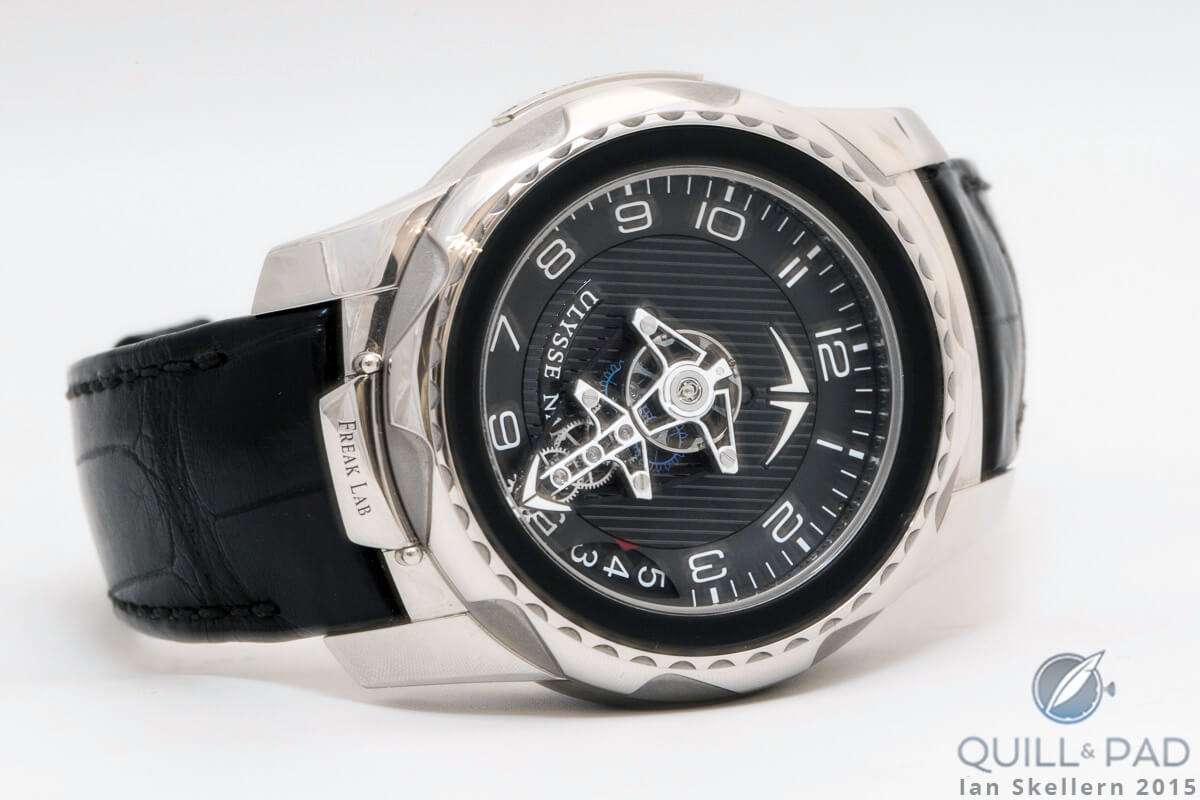
Ulysse Nardin Freak Lab
Ressence took everything one step further (twice) and tried to completely reinvent the way a person interacts with a timepiece, which has been the driving force behind the brand since the beginning.
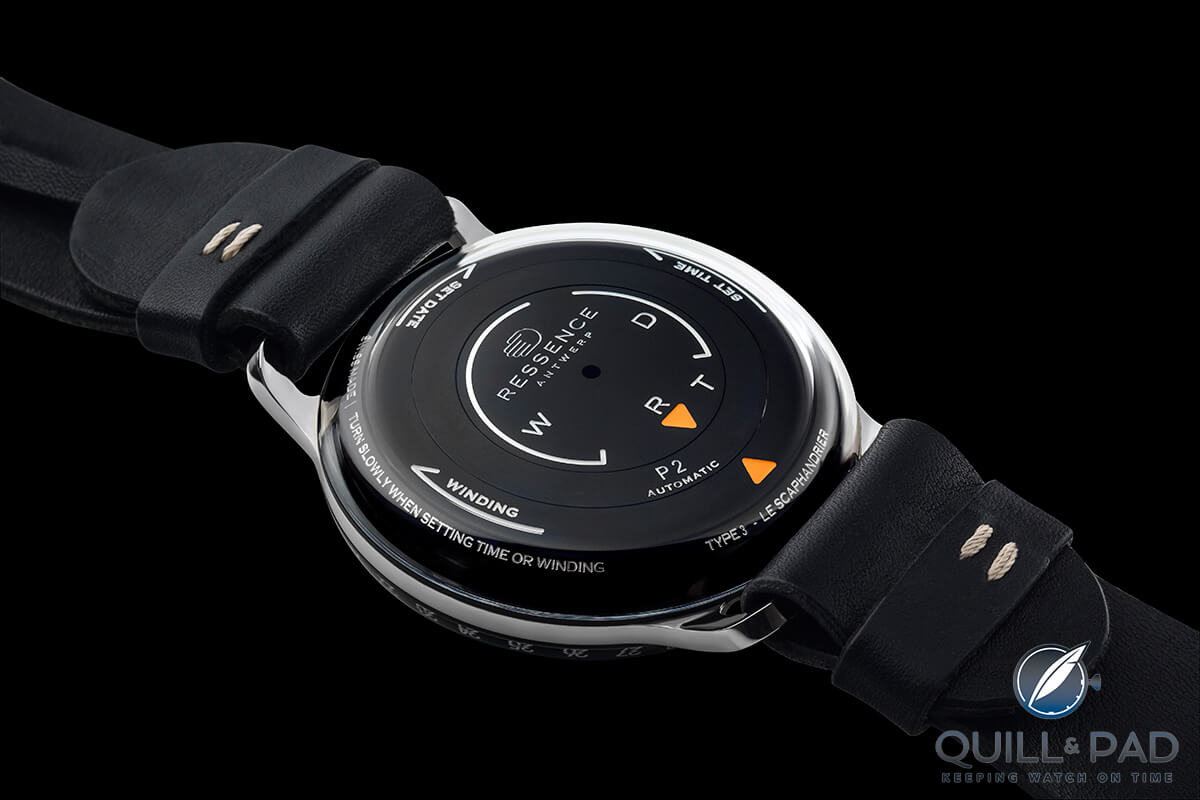
The whole back of the Ressence Type 3 replaces the crown
The first shift saw the entire case back and rear bezel used to manipulate the watch with two rings, one to indicate what function you have selected, and the other to allow specific movements to wind, set the time, and set the date. Using a gravity clutch for engagement, the time setting only functions in one orientation, adding another layer of complexity and an entire dimension to the interaction experience.
The second shift introduced the e-Crown, a fantastic automatic electronic system that couples with the mechanics inside. Both of these developments illustrate that the brand is committed to the idea of interaction and taking continuous steps to create change.
People have been very clever to update and improve upon the keyless works to make them more robust, precise, and capable, but often that is where it ends. For others, just making a nice, straightforward crown is all that is attempted.
Design risks not taken
I find it interesting that one of the most incredible watch brands in history, Greubel Forsey, makes timepieces that break boundaries and set records, yet utilize such a relatively boring watch crown.
The simple, square, fluted design is nearly ubiquitous across the industry, and on every Greubel Forsey timepiece you find it just hanging out on the side of the watch, almost like it doesn’t want to rock the boat even though this brand makes outrageous asymmetrical watches that can make the most adventurous collectors question its decisions.
The crown is one of the most mundane features on a Greubel Forsey watch, which shows that no matter how expensive and well made a watch is, trying interesting things with the crown is not a widely practiced endeavor.
And when you look across the industry, you find that nearly all brands tend to fall into the same category when it comes to the watch crown, following one of about three or four basic designs: square fluted, onion/tapered, square with cabochon, or thin with slight rounding.
Out of the 195 watches entered into the Grand Prix d’Horlogerie in 2018, only around 15 strayed from those designs enough to be considered different, and most of those were due to being jeweled or shaped to continue design elements elsewhere in the watch.
Only a handful have any interesting way to interact with the watch outside of a regular crown mechanism, and one of those is the Ulysse Nardin Freak.
If we assume the entries into the Grand Prix d’Horlogerie represent a decent smattering of the industry (which I would say it very well does), then only around two to seven percent of watches attempt anything other than the most basic watch crowns, and definitely less than two percent are daring enough to invent something different.
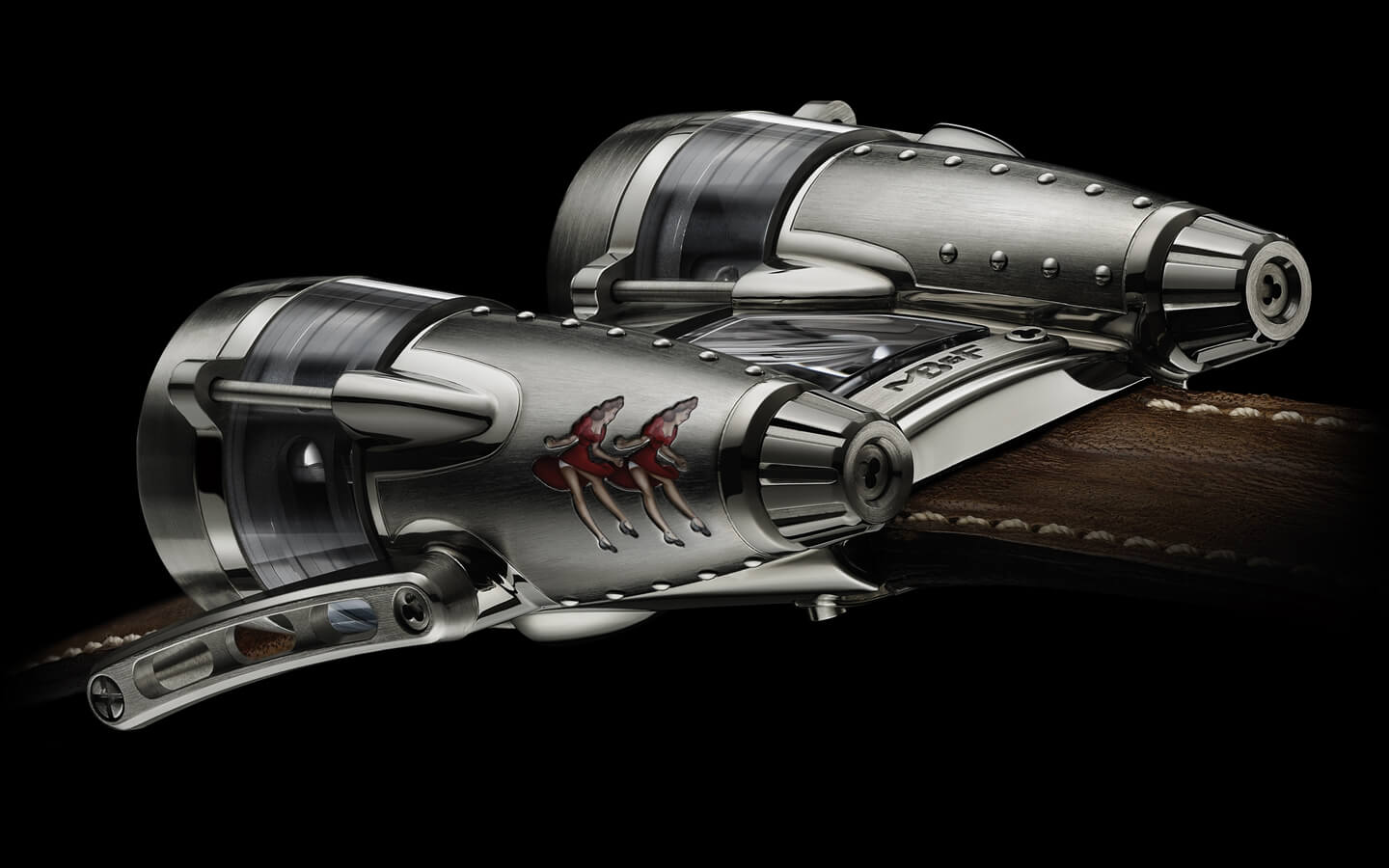
Jet reactor-themed crowns on the MB&F HM4 Double Trouble
And I might even venture a guess that that is highly skewed due to the relatively low number of watches in the competition. If we really looked at the total percentage of watches in production every year, the number of watches that attempt anything different for the crown probably drops to less than 0.02 percent of the total.
It just isn’t done. And that means there is incredible potential for trying something new, and watch companies are totally missing it. The companies will spend millions developing incredible complications and technologies, but they leave the humble crown alone, probably because they think it is the simplest and easiest solution to a problem.
It might be, but since the entire purpose of watches has changed from truly utilitarian objects into objects of passion and ingenuity, then why not work a little more with that area? Tradition is a hard parent to abandon.
So are watch crowns boring?
Well, no, they are just largely standardized because they are pretty complicated in their own right. I can understand why most stay the same, but I also want creativity. And I see so much room for it from established brands and independents alike.
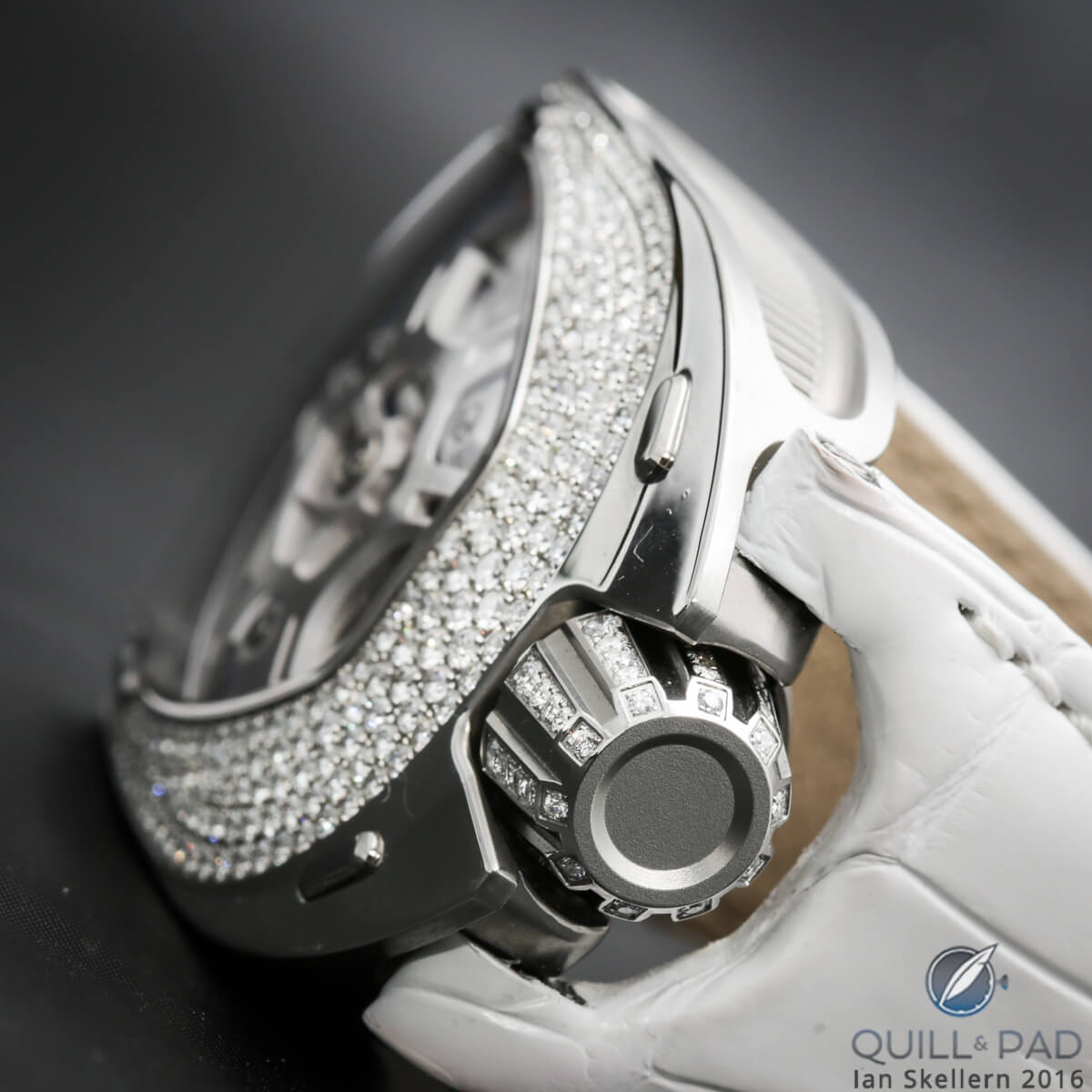
Definitely not boring: the oversized diamond-set crown of the Urwerk UR-106 Lotus White
Yet wanting to see something new does not diminish how incredible and crucial a crown is to the function of a watch.
If it weren’t possible to perfectly seal a watch against the elements, many of the mechanical risks that companies take with movements, research, and development would be for naught in a case that couldn’t protect them.
The standardized (and somewhat stale) watch crown makes modern watchmaking possible. And it does so with a quiet persistence that makes it easy to overlook how incredible and important it is.
It might not usually be the flashiest feature on a watch, but it is nevertheless one of the components a watch owner interacts with most, helping to protect the investment for years to come.
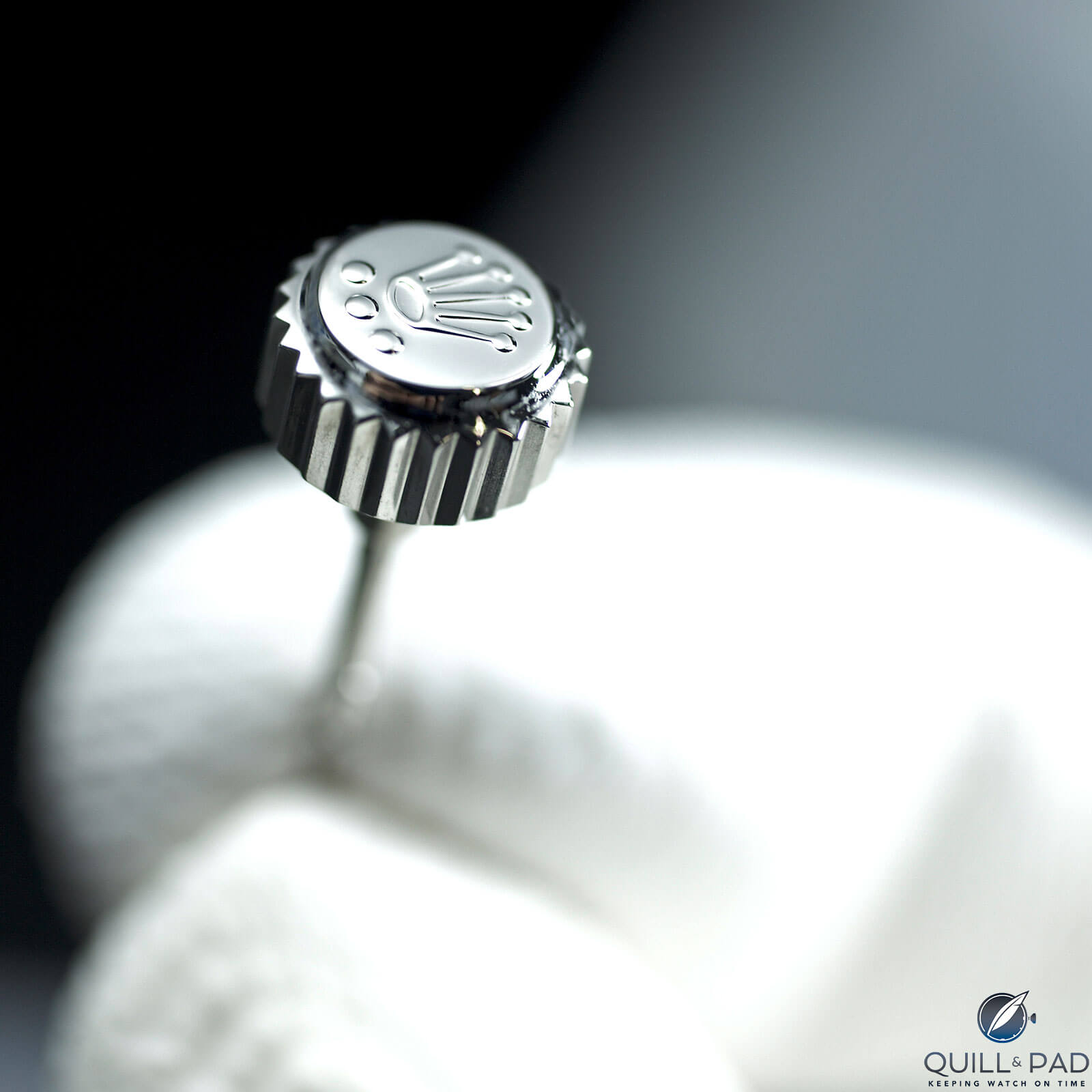
Even a boring crown can be regal
I think the watch crown is the unsung hero of the watch industry, and I would hope that more watchmakers might work to highlight it because it has been working tirelessly for a century and a half to protect that which we hold dear.
* This article was first published December 8, 2018
You may also enjoy:
Romain Gauthier Celebrates Ten-Year Anniversary With HMS Ten
Here’s Why A Watch Strap Is More Than Just An Accessory
Ballon Bleu De Cartier Moon Phase: Once In A Blue Moon
Ressence Type 2 e-Crown Concept: The Right Combination At The Right Time
Credits: Article and images by Joshua Munchow @ Quill & Pad. See the original article here - https://quillandpad.com/2024/11/15/heres-why-the-crown-is-the-unsung-hero-of-watchmaking-and-why-rolex-wears-the-crown-2/



